Chapter 2, Part 7
Since more than a thousand years ago, the island of Java has been an important economic and cultural center among the vast archipelago which today makes up most of Indonesia. The ports on the northern coasts of the island were strategically located on the trade route between the spice islands and China, India, Persia, and beyond. Powerful kingdoms emerged from its heartland, exerting dominance across the region as far as modern Cambodia and Vietnam.
In the 13th century the first ever sultanate was established in the archipelago, situated on the northern coast of Sumatra – Java’s bigger sister to the west. About two centuries later, Java saw its first sultanate founded in Demak. Muslims, however, had been living on the island for centuries, mostly as traders, when Java was still under Hindu influence.
Majapahit, the last major Hindu power in Maritime Southeast Asia, had been on a gradual decline since the late 14th century after reaching its peak decades earlier under the rule of Hayam Wuruk and his prime minister, Gajah Mada. In the late 15th century, Demak – still a part of Majapahit but already witnessing the growing influence of Islam – emerged as a new political power with Raden Patah its first king.
Following the establishment of the new sultanate, the Grand Mosque of Demak officially became the state mosque in 1479. Heavily influenced by Hindu elements – three-tiered Meru roofs (symbolizing the sacred Mount Meru in Hindu-Buddhist mythology) and floral patterns usually found in Javanese ancient temples, to name some – the mosque was a testament to the peaceful coexistence of different faiths in Java at that time. Islam itself was embraced by the locals because it was introduced in a non-violent manner, largely accredited to Wali Songo – the nine saints – who spread the new religion without being hostile to the existing Hindu culture.
The first of the Wali Songo is believed to have come either from Samarkand (in Uzbekistan) or Persia (Iran) or Hadramaut (in Yemen), while the later wali, literally guardian of the faith, were the founders of many sultanates across Java. In their teaching, Wali Songo saw the Hindu culture as an asset, not a threat, for the dissemination of Islamic values on the island. In Mahabharata, for example, Draupadi was the wife of the five Pandavas. To change people’s mindset about polyandry, adjustments were made to the Hindu epic so that Draupadi became the wife of the oldest Pandava only.
Another example of non-violence way Wali Songo used to spread Islam was the modification of several local customs and ceremonies to incorporate Islamic teaching without radically cutting people off their roots. Gradual cultural transformation, instead of war of conquest, was key for Islam to successfully propagate in this once staunchly Hindu stronghold.
More than 20 km to the east of present-day Demak is the city of Kudus, after the Arabic name for Jerusalem, Al Quds. In the 16th century a local wali called Sunan Kudus erected a mosque richly embellished with Majapahit-style Hindu architectural elements. From Candi Bentar – split gate found in Javanese and Balinese temples – to Meru roofs, Masjid Menara Kudus, as the mosque is called today, was built in the same Muslim-Hindu coexistence principles prevalent in Java at that time.
Islam in modern Java still very much reflects the history where Islamic values are taught without alienating pre-Islam Javanese culture. However this is being eroded, albeit marginally, by the introduction of ultraconservative teaching of Islam which has become a global phenomenon in recent years. A combination of corruption and poverty in Muslim-majority countries, the export of fundamentalist views from the heartland of conservative Muslim lands, the promulgation of radical teaching on the Internet, and the imbalance coverage of the religion by several international media outlets – often used by radical groups to recruit new members, has made the effort to counter radicalism feel harder to do every day.
Mainstream Islamic organizations in Indonesia have strengthened their campaigns to counter the increasing influence of radical thoughts in the country, including the re-introduction of a form of Islam which is pluralistic, embraces local customs, and puts forward intellectual debate rather than indoctrination – the form of Islam that the people of the archipelago embraced centuries ago peacefully. Although the outlook of Java as an ultraconservative wasteland is rather improbable, only time can tell how the cultural landscape on the island will look like in generations to come.
Click here for the full list of stories from the Spice Odyssey series.
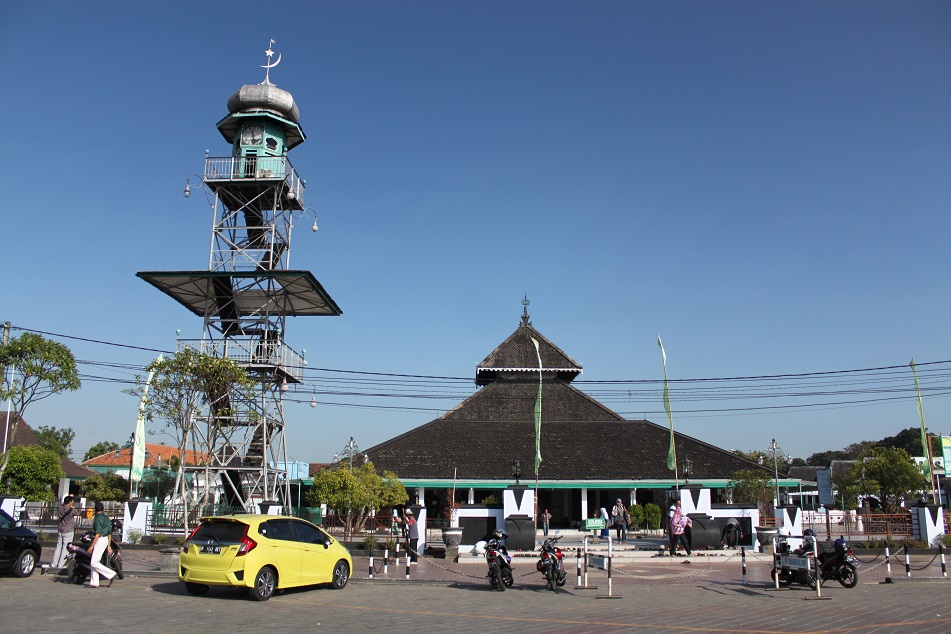
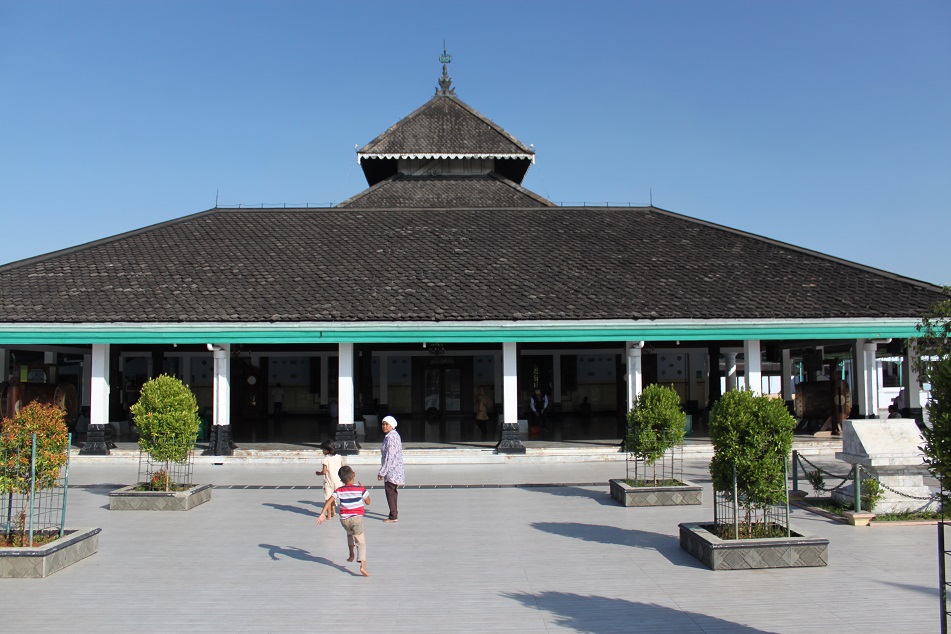

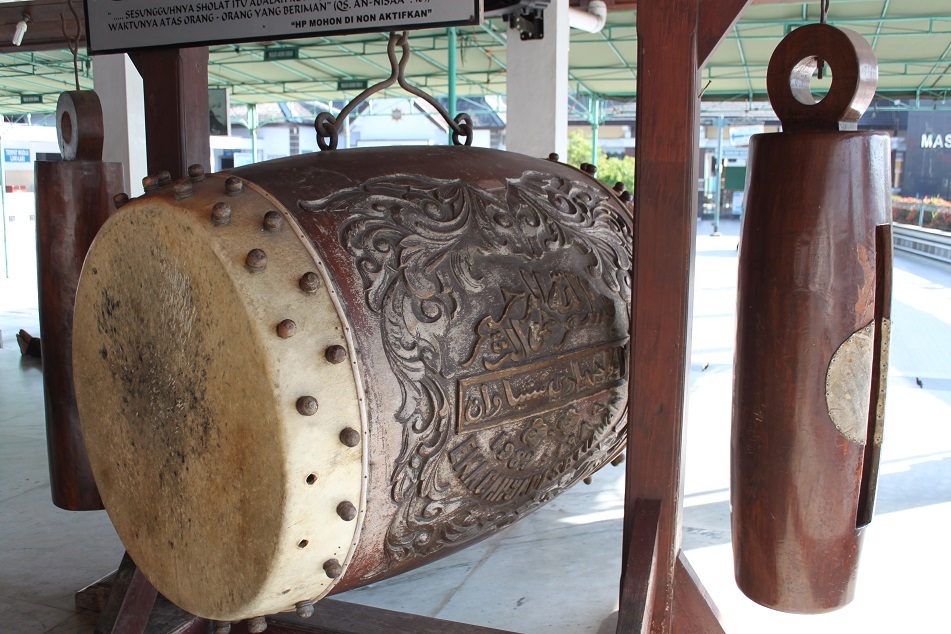
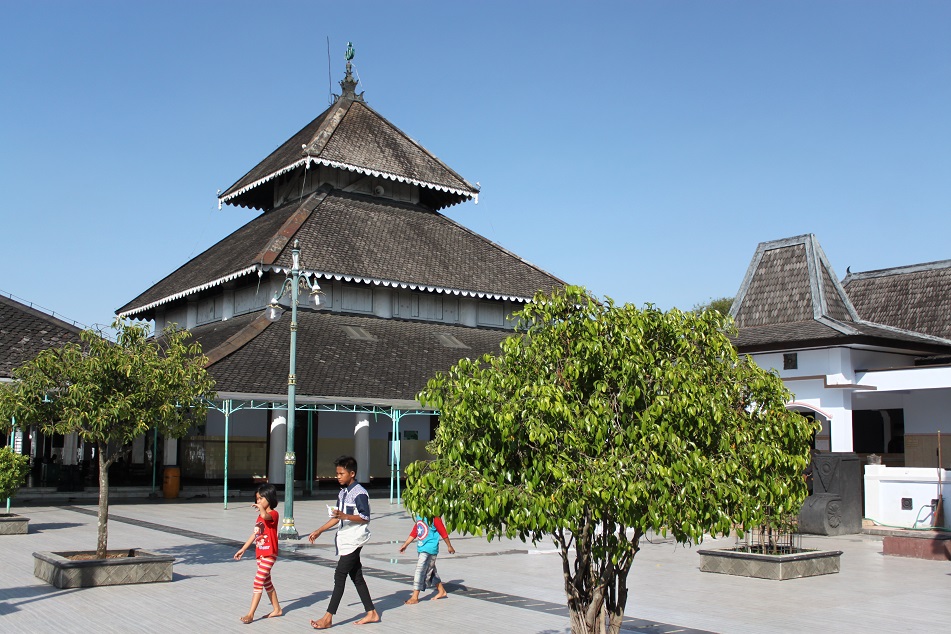
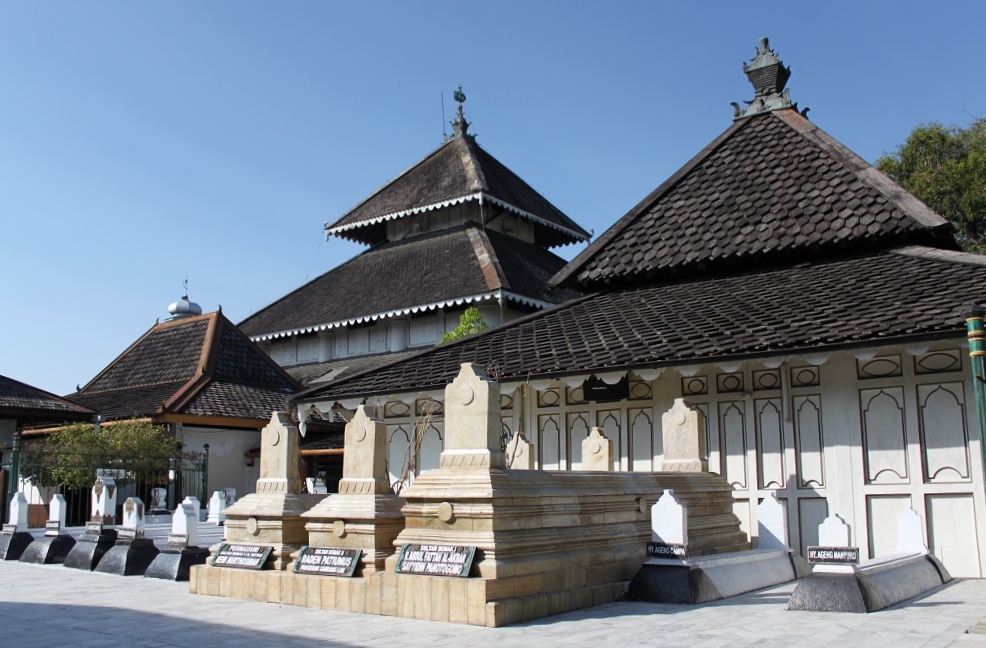



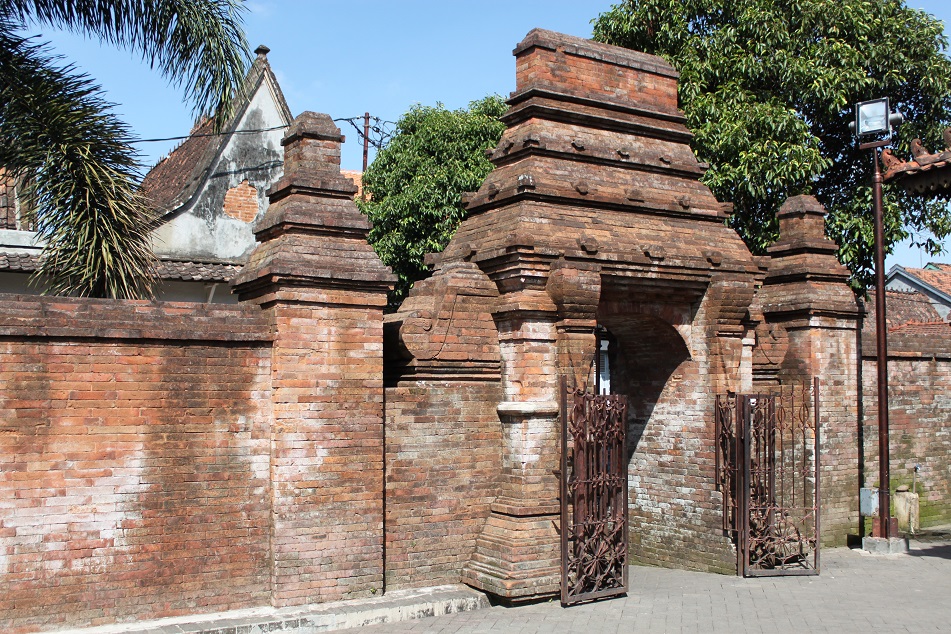
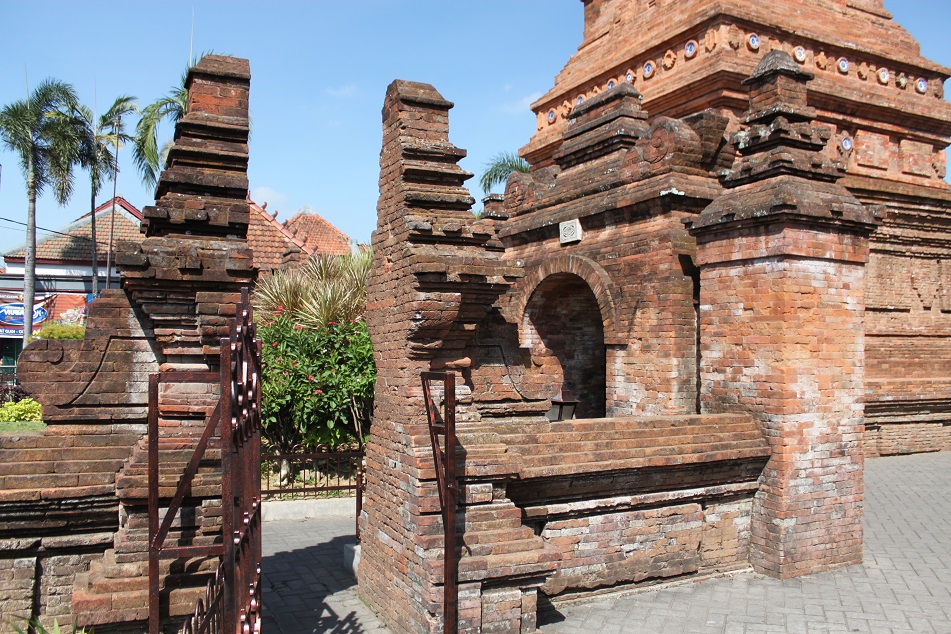
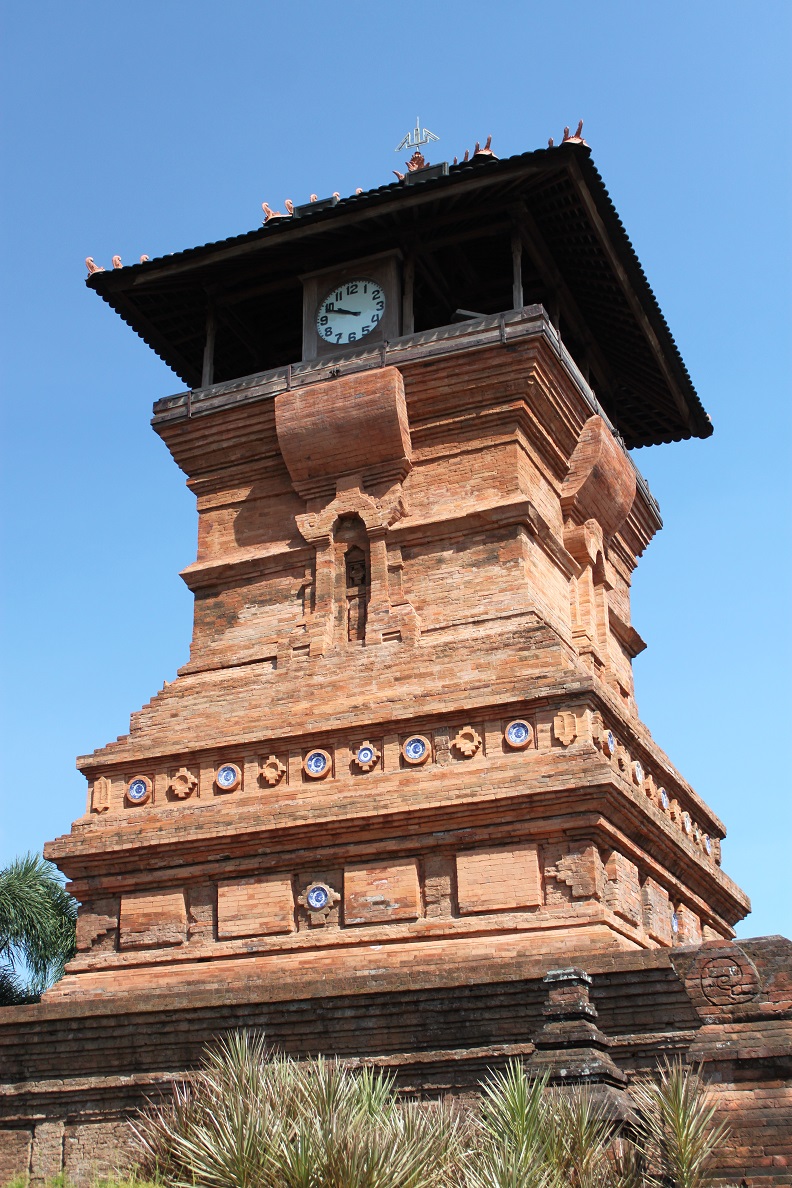
That’s a lot of information on Java, and Islam. You’ve amazed me with the amount of knowledge you gather for each article.
LikeLike
You’re too kind, Sandeept. Based on my experience the more I travel the more I learn about the world, and what we thought we knew is often more than meets the eye. Blogging is a way for me to share what I learned. Thank you for reading!
LikeLiked by 1 person
You’re welcome, Bama!
LikeLike
Heibaaatttt ya bisa adjusted, budaya sebelumnya dengan yang baru. Sayangnya sekarang ini lebih banyak konfliknya ya daripada menyesuaikan untuk kebaikan masyarakat luas.
BTW… kalo ingat Kudus, dulu mampir di pasar pas malem2 hmmmm…. sotonya nikmat benerrrrrr…..
LikeLike
Permasalahan yang kita hadapi saat ini adalah kurangnya kemampuan berpikir kritis sehingga banyak yang menerima berita atau ajaran sesuatu dengan bulat-bulat. Memahami sejarah adalah salah satu cara kita bisa lebih melihat segala sesuatu dari berbagai perspektif karena sesungguhnya dunia itu bukan cuma hitam dan putih. Ada gradasi di dalamnya yang ditimbulkan oleh banyak hal.
Ibu saya juga pecinta Soto Kudus, mbak. Kalau saya lebih suka Soto Banjar sama Soto Betawi. Ah untung ngomongin makanannya pas menjelang jam makan malam. 😀
LikeLiked by 1 person
Reblogged this on Truth Troubles: Why people hate the truths' of the real world.
LikeLike
Reminds me of one of the ways a sect of Islam spread through India. Knowing the Hindus’ love of music, hymns were incorporated into the faith as well as Hindu prayers. The prayers have gradually been eradicated, but the hymns remain.
LikeLike
That sounds fascinating! Do you recall the name of that sect? The more I travel the more I feel that there are so many untold stories around us.
LikeLiked by 1 person
Ismailis — a Shia branch
LikeLike
Thanks for the information, Mallee. I’m going to read a little bit about Ismailism.
LikeLiked by 1 person
The Ismailis — their history and doctrines by Farad Daftly is the most compressive history on the sect
LikeLike
Many thanks, Mallee. I really appreciate it.
LikeLiked by 1 person
Bama, I really appreciate how you deftly paired photos from two of Java’s oldest mosques with the early history of Islam on the island. The Majapahit-style minaret at Masjid Menara Kudus is a beautiful monument to its time, and I believe the three-tiered pyramidal roofs are unique to the Malay Archipelago. If there is one common theme from traditional Islamic architecture around the world, it is how the architects borrowed and adapted designs from existing non-Islamic styles.
LikeLike
Makasih James. It’s important for the young generation to learn about this ever-changing cultural and architectural aspects of Islam because some radical propaganda have been encouraging people to stay away from things deemed un-Islamic. They should learn things like how the architects who designed Istanbul’s iconic mosques were inspired by Hagia Sophia’s colossal dome. I applaud the architect who designed West Sumatra’s new grand mosque for steering clear of the cliché — domes — and incorporating Minangkabau vernacular architectural elements instead.
LikeLike
Pingback: Minangkabau: the Land of Buffalo Horns | What an Amazing World!
Pingback: The Fall of Constantinople | What an Amazing World!
suka dengan menara masjid kudus, ikonik sekali, apalagi nilai sjearahnya juga tinggi, bam. saya juga selalu suka dengan foto-fotomu bam, selalu membuat kita ingin melihat bangunan/tempatnya secara langsung….
LikeLike
Makasih Fauzi. Pas banget ke sana pas cuacanya lagi cerah, jadi latar belakang langitnya bisa biru.
LikeLiked by 1 person
Pingback: Malacca: The Gateway to East Asia | What an Amazing World!
Pingback: Nasib Makam Kuno Kota Wali Cirebon
Pingback: Penataran: Appeasing the Mountain God | What an Amazing World!
Pingback: A Morning with Javanese Jesus | What an Amazing World!